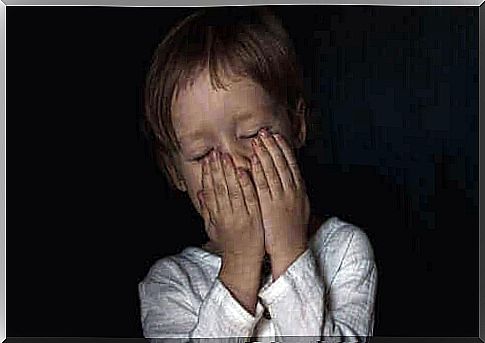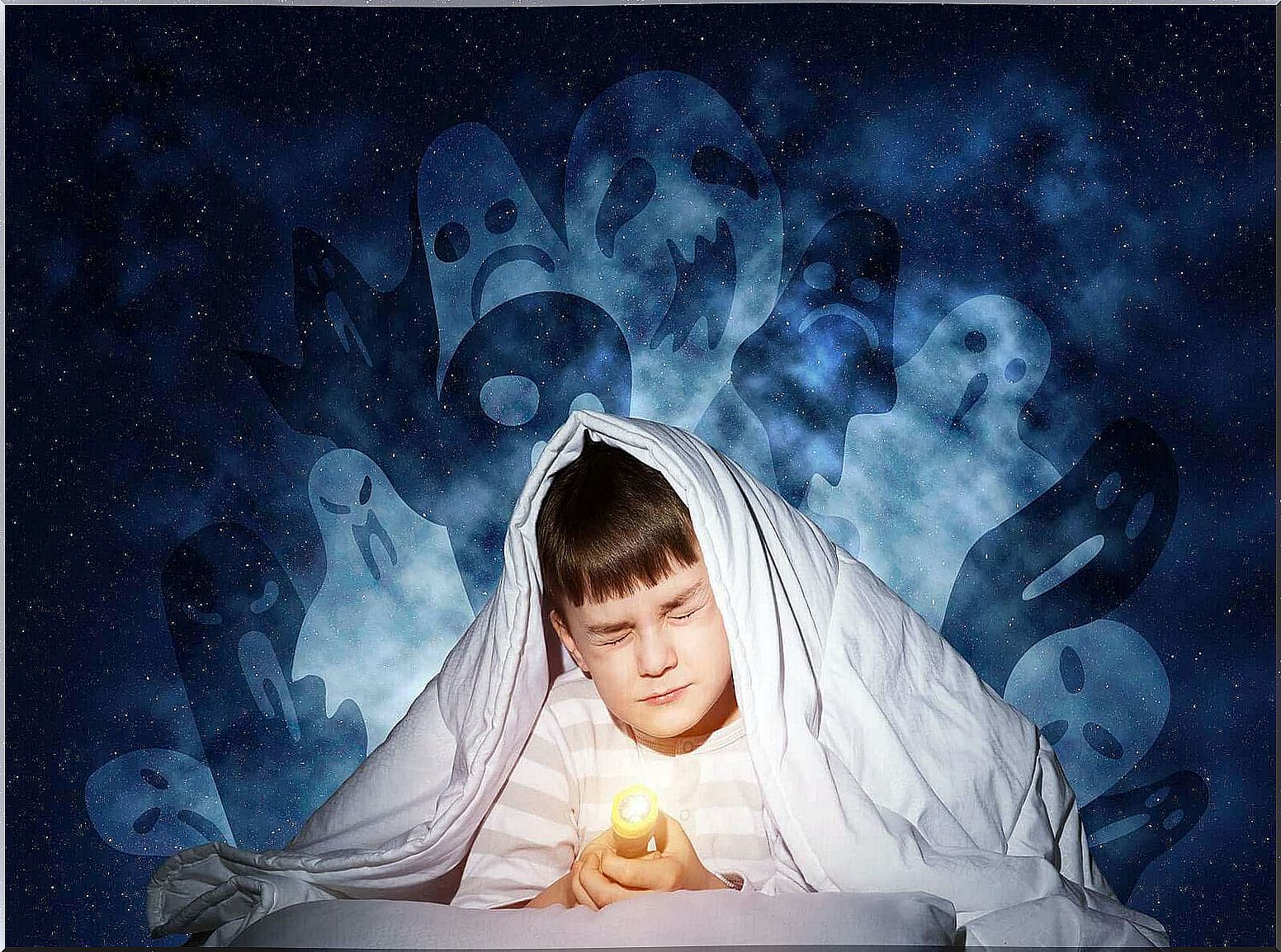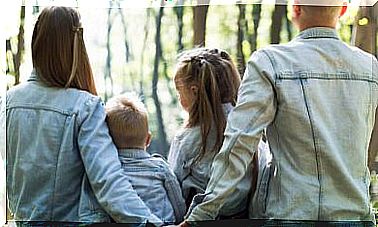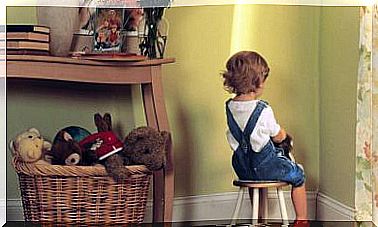How To Alleviate A Child’s Fears?

It is common for children to suffer from a variety of fears that often change with age. Fears are usually a normal part of the learning process and subside on their own over time. Sometimes, however, they begin to disrupt everyday life, and that’s when it’s important for adults to address the situation and think about how to alleviate the child’s fears.
Fear is a natural and also a useful feeling that makes a person avoid unnecessary risks, protect himself from dangers, and flee dangerous situations. Phobia, on the other hand, is a fear, unrelated to the existence of a real threat, associated with certain situations or objects, the anxiety symptoms of which a child is unable to control.
How does a child learn to fear and can fear teach?
A child is not normally born to be afraid of certain things, but he embraces fears during his childhood, in addition to which parents also have some influence on the origin of fears. For example, the fact that a parent always forbids a child from approaching dogs for fear of being bitten can make the child fear the dogs. This is why it is important for parents to be careful about their word choices and behavior. They also need to make sure that they don’t let their own fears and insecurities show too much to the child. If a child sees his or her main role model as fearful, he or she may begin to fear in similar situations.
While fear can also be a useful emotion, it should not be used in raising a child. However, it is important to explain to the child that some situations can be dangerous for him or her. An example is crossing a road without making sure there are cars nearby. It is also important to warn the child, for example, that gifts given by strangers should not be received and that strangers should never leave. However, the use of the word fear should be avoided when talking to a child about the various dangers associated with everyday life. Instead of saying to him, “Unknown people are scary,” or “Crossing the road can be scary,” you should say, “You have to be careful when crossing the road.”

Children’s fears by age
- 6-24 months: Experts say children do not experience actual fear until they are six months old. Exceptions are situations where the child has to be separated from his or her parents or in the company of strangers.
- 2-6 years: At this point, the child begins to fear imaginative things such as ghosts and monsters. Phobias, especially those related to animals, can also begin to develop at this stage.
- 7 – 1 1 years: At this point, the fear of the imaginary beings begins to fade, but the child may begin to develop fears about everyday life, such as accidents or hospitalization.
- 12–14 years: In adolescence, a child’s fears are often related to social relationships. A child may fear that he or she will not make friends, that he or she will fail at school, or that he or she will not fit or fit his or her group of friends.
- 15-18 years: In addition to the social fears mentioned above, teenagers may develop fears about personal relationships at this stage. For example, he may fear failing in sports, other hobbies, or other areas of life.
How to alleviate a child’s fears?
Don’t stop your child from facing their fears
By protecting the child too much from his fears, the parents nurture these fears. Because of this, it is generally not advisable to allow a child to completely avoid frightening situations. Parents should remember the following tips:
- Help your child face a frightening situation or thing little by little.
- Provide the child with tools and resources to deal with situations and things that scare him or her.
- Be a role model and provide security for your child.
Don’t hang a child because of this fears
The child must not be angry and must not be rebuked, even if he considers his fear to be futile. Instead, it is important to explain to the child that it is perfectly normal to fear, and fear need not be ashamed. At the same time, however, it is good to try to convince the child that the situation is not really dangerous.
Analyze the situation that is causing fear in the child
It is the job of parents to teach the child to analyze the things he or she fears, and Remind him or her that there is no reason to fear certain things. It is worth telling the child that he or she may be afraid of something just because he or she is not yet familiar with the matter.
Teach your child ways to calm down
For example, a child can be taught various breathing and relaxation techniques that he or she can use when he or she is scared. He can also be offered rational alternatives to think about in situations where he fears something irrationally.









